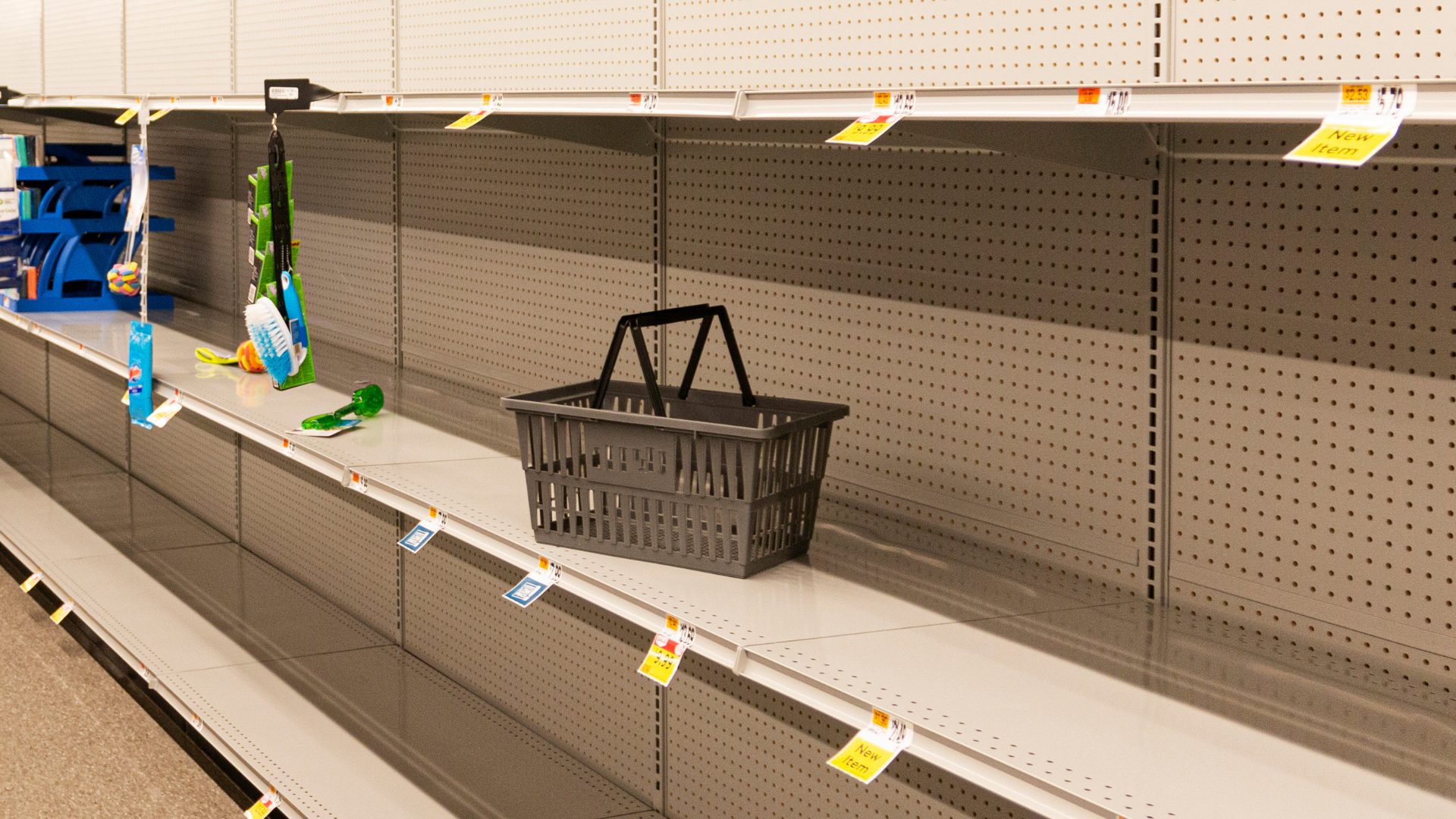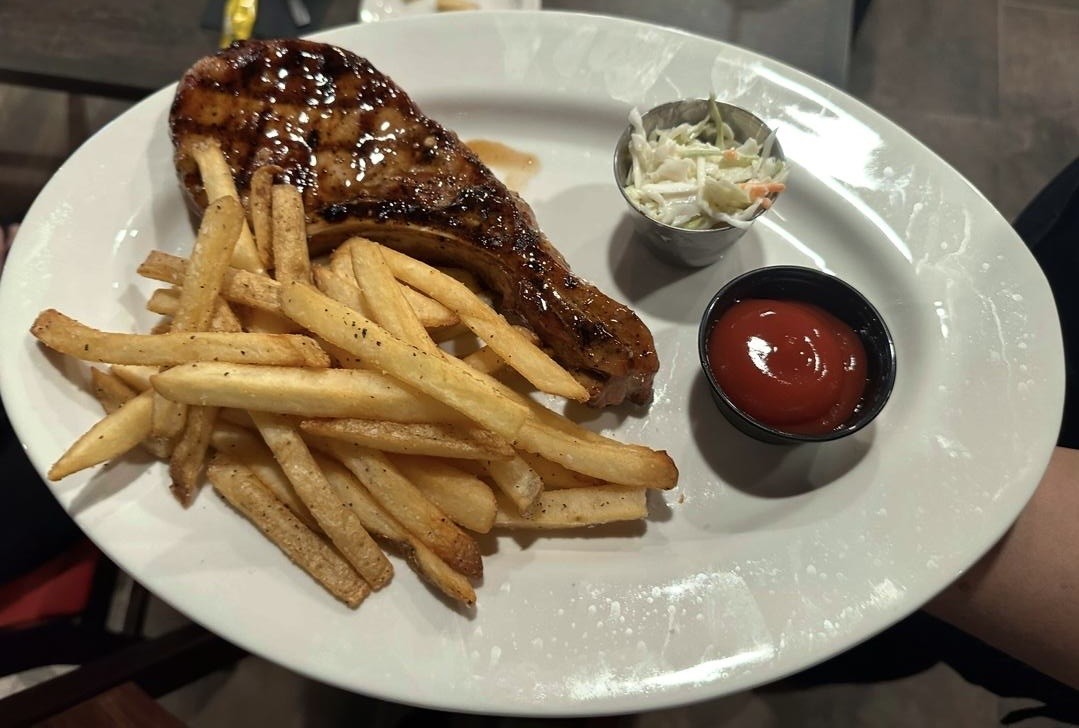Fewer available workers, supply chain disruptions and overall economic pressures have combined to produce fewer job openings in the foodservice and hospitality sectors this year, according to the National Retail Federation. Meanwhile, experts told The Food Institute the labor outlook for 2026 doesn’t seem any brighter.
Though the NRF expects holiday retail sales to be up as much as 4.2% from 2024 and overall growth for 2025 to be up as much as 3.7%, much of the gain can be attributed to overall inflation and tariffs.
“The signals coming from the labor market suggest that food businesses are bracing for a challenging period,” said Barbara Sibley, president of Les Dames d’Escoffier New York, director at Holiday Cocktail Lounge, and CEO of La Palapa Mexican. “Restaurants are closing at unusually high rates, burdened by rising expenses and the strain of unpaid COVID-era … loans.
“At the same time, operators are anticipating even tighter labor conditions as immigration slows and the pipeline of new workers shrinks.
“These pressures are pushing the industry to rethink how it serves guests, experimenting with automation, simplified operations, and other efficiency-driven models.”
Many major retailers are staying mum on their seasonal hiring plans while other major businesses, like UPS, announced they would be hiring fewer workers than they did last year.
NRF said it expects retailers to hire 265,000 to 365,000 seasonal workers this year, down from 442,000 in 2024. The 2025 projections are the lowest in 15 years and likely reflect souring consumer sentiment.
“We have heard feedback from various retailers that this year; they felt like their staffing levels are adequate,” NRF chief economist Mark Mathews told Reuters.
Wages are a major concern as states and municipalities continue pushing to eliminate subminimums and increases in the minimum wage itself, encouraging many operations to turn to technology – think kiosks and robots. Add to that diners’ increasing preference to pay for their meals through tableside QR codes, according to StartUs Insights.
The National Restaurant Association show revealed in October that smarter tech would streamline workflows and reduce labor headaches, and greater use of data would provide insights into customer needs. Growing interest in takeout also likely would reduce the need for servers and hosts.
The reduced job listings may reflect fears for the economy in general, Amanda Belarmino, hospitality professor and consumer behavior and tourism expert at the University of Nevada Las Vegas, told FI.
Belarmino said there has been a decline among workers in the hospitality and service industries since the pandemic, and inflation has reduced the number of restaurant visits, especially to fast-food establishments.
“Part of the decrease in job openings for many of these companies, however, has been a result of dedicated efforts in retaining employees and lowering their turnover rates, which is a silver lining in the decreased number of new openings,” Belarmino said.
Labor attorney Eric Kingsley said rather than focusing on wages, the focus “should truly be on continuity.”
“Turnover is expensive,” Kingsley noted. “Paying employees decent wages and stabilizing schedules increase loyalty to employers and diminish turnover that harms business.”
Food for Thought Leadership
This Episode is Sponsored by: Performance Foodservice
How important is it as a food distributor to build a brand for foodservice – especially since consumers may never see or recognize it? Mike Seidel, vice president of procurement at Performance Foodservice Corporate, shares how the company views the development of its existing foodservice brands, including Roma and Contigo, and how they helped in the creation of its most recent Mediterranean concept Zebec.











